On Sunday, U.S. and Ukrainian officials told several media outlets, including New York Times or the chain ABC Newsthat Moscow had concentrated a huge number of troops in the area to launch a large-scale assault. For the most part, analysts agree, these soldiers are new recruits, inexperienced and easily neutralized. But apparently they are also already fighting in the region about 3,000 of those 12,000 North Korean soldiers who are displaced in Russia as part of an agreement between both countries, according to South Korean intelligence data that, of course, the Kremlin denies.
On Monday, hours after the figure was known, Zelensky confirmed in a Telegram message that his troops “they continued braking” to the “enemy group of almost 50,000 soldiers” in Kursk, so far with success. That Russian President Vladimir Putin has now decided to launch this attack to recover the captured areas of Kursk is no coincidence. The counteroffensive starts a few days after Republican Donald Trump won the US presidential election, determined to end the war “quickly”, even if that means ceding occupied Ukrainian territory to Russia.
For this reason, several analysts agree, both want to accumulate assets to negotiate. For this reason, precisely, kyiv tries to retain the Russian region with its best-equipped units (such as the 47th brigade) at the cost of lowering its guard at other points on the front line (such as Donbas), while Moscow wants to recover Kursk, to leave kyiv with no room to negotiatewhatever the cost. And the truth is that everything indicates that the Russian Army is, in effect, paying a very high price.
In the 24 hours before Monday, lost a total of 1,770 troopsbetween dead and wounded, according to data from the Ukrainian General Staff. This is the highest number of casualties recorded in a single day since the conflict began more than two and a half years ago. Furthermore, it is not something specific, but British intelligence indicates that Russia has recorded more casualties in October than in any other month since the beginning of the invasion. The figures that kyiv handles They are almost 80,000 Russian soldiers dead and injured between September and October. And part of those casualties have been concentrated in Kursk, but not only.
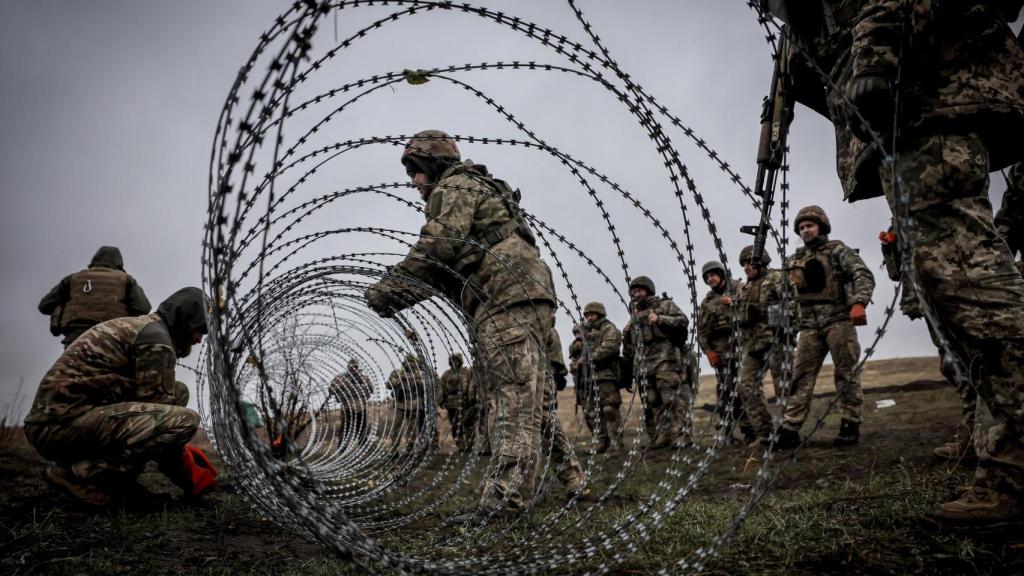
Ukrainian servicemen attend military exercises at a training ground in the Donetsk region.
The other two fronts: east and south
The arrival of North Korean soldiers has allowed Russia to concentrate forces in its west, but without stopping putting pressure on the other fronts. That means that instead of relocating them, it has been able to keep its soldiers deployed in eastern Ukraine, in Donbas, which has become its main priority on the battlefield and where it has made the most progress in recent months.
Only in the last few hours, the Ukrainians have been forced to send reinforcements to Kurákhov, their main stronghold in the oblast of Donetsk, surrounded to the south and north by enemy troops. There, collect the Institute for the Study of War (ISW), the situation is complicated and there are reports that speak of a potential Ukrainian withdrawal.
In fact, the leader of the Russian occupation in the territory, Dmitri Pushilin, has assured that fighting is already taking place within the town. “She is being released,” he said in statements to Kremlin television. There have also been new advances towards the neighboring city of Pokrovsk.
Far from focusing only on recapturing their own territory and continuing their modest advances in the east, Russian forces are now moving well-trained assault groups south into the Ukrainian province of Zaporizhia with the aim of launching from there a new offensive with armored and non-armored vehicles.
El Español
Eso es, al menos, lo que ha señalado el jefe del mando sur ucraniano, Vladislav Voloshin, en la televisión pública, donde ha explicado que lo que buscan las fuerzas de ocupación es recuperar las zonas perdidas cerca de Robotine (ahora de nuevo en manos rusas) hace dos veranos, durante la contraofensiva ucraniana en el sur. “Los ataques en el sur de la región de Zaporiyia podrían empezar en un futuro cercano; no hablamos ni siquiera de semanas. Los esperamos en cualquier momento“, ha explicado Voloshin.
En esta línea, en una entrevista con la agencia de noticias Efe, el experto militar ucraniano Mijailo Samus subrayaba que Rusia está intensificando sus acciones ofensivas a lo largo del frente a un precio muy alto de bajas para ganar todo el terreno posible antes de la llegada a la Casa Blanca en enero de Donald Trump.
Con todo, si Rusia lanza una ofensiva simultánea en el este y en el sur, las fuerzas ucranianas se verán obligadas a defender a la vez dos frentes activos, al tiempo que tratan de conservar las posiciones conseguidas en la región rusa de Kursk. Eso sí, habrá que ver si Moscú es capaz de mantener en el tiempo su ofensiva con cada vez menos soldados.



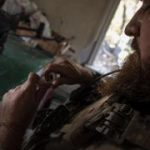

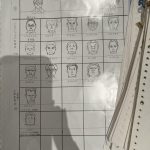
![[Img #74683]](https://thelatestnews.world/wp-content/uploads/2024/12/The-main-mistakes-to-avoid-when-betting-on-electronic-sports-150x150.jpg)





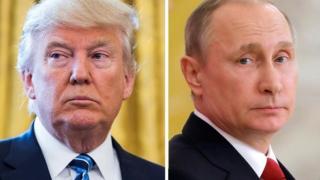
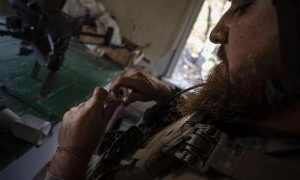

Add Comment